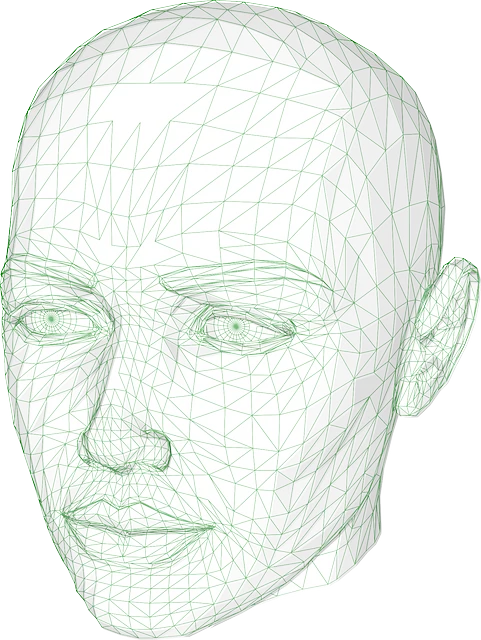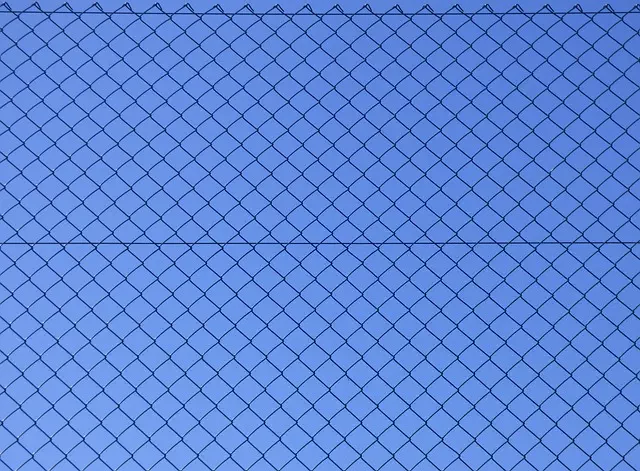Muscle soreness after exercise is a common issue influenced by various factors. A comprehensive guide on 'different types of kratom chart' offers natural solutions for post-workout recovery, focusing on strains like Red and Green Kratom with specific alkaloids. Personalized workout plans tailored to individual needs, including strain assessment, progressive overload, proper warm-ups/cool-downs, and active recovery, are essential. Combining kratom with techniques like foam rolling, stretching, massage, rest days, and a balanced lifestyle creates an effective post-workout routine for improved muscle recovery, reduced inflammation, and enhanced performance.
Muscle soreness can hamper your fitness routine and daily activities, but personalized workout plans offer a strategic approach to relief. This article explores comprehensive solutions for managing post-workout muscle aches. We delve into the science behind muscle soreness, including its causes and common triggers. Furthermore, we present an insightful different types of kratom chart, highlighting its potential benefits. For tailored help, learn effective strategies to design personalized workout plans and discover advanced recovery techniques beyond conventional methods.
- Understanding Muscle Soreness: Causes and Common Triggers
- The Role of Kratom in Relieving Muscle Soreness: A Comprehensive Chart
- Designing Personalized Workout Plans: Strategies for Effective Relief
- Incorporating Recovery Techniques: Beyond the Workout Routine
Understanding Muscle Soreness: Causes and Common Triggers
Muscle soreness is a common issue that affects people of all fitness levels, often leaving them feeling stiff and uncomfortable. Understanding what causes this discomfort is key to finding effective relief. Muscle soreness typically arises from various forms of physical activity, particularly intense or unfamiliar exercises. When you engage in exercise, your muscles undergo stress, leading to tiny tears in the muscle fibers. This micro-damage is a natural response to physical exertion but can result in delayed onset muscle soreness (DOMS), often felt 24-72 hours after exercise.
Several factors contribute to muscle soreness, including the type and intensity of exercise, improper form, and prior injury or inflammation. Different types of kratom chart demonstrate various substances that can trigger or mitigate muscle soreness. While kratom is known for its pain-relieving properties, it’s just one of many natural remedies worth exploring. Other common triggers include overtraining, inadequate warm-up or cool-down routines, and improper nutrition, such as a lack of protein or essential vitamins and minerals. Recognizing these triggers can empower individuals to make informed decisions when designing their workout plans for effective muscle soreness relief.
The Role of Kratom in Relieving Muscle Soreness: A Comprehensive Chart
Kratom, derived from the tropical plant Mitragyna speciosa, has gained attention for its potential in alleviating muscle soreness. This herb offers a natural approach to post-workout recovery through various mechanisms. A comprehensive chart illustrating different types of kratom and their specific effects can provide valuable insights.
The chart should categorize kratom strains based on their dominant alkaloids—e.g., Mitragynine, 7-Hydroxy mitragynine (7-HMG), and Mitrapyridine—and highlight their respective roles in soothing muscle pain. For instance, Red Kratom varieties, rich in Mitragynine, are known for their relaxing and analgesic properties, making them beneficial for reducing tension and soreness. In contrast, Green Kratom, with higher 7-HMG content, may promote blood flow and reduce inflammation, contributing to faster recovery. This visual representation can guide users in selecting the most suitable kratom type for their muscle soreness relief needs.
Designing Personalized Workout Plans: Strategies for Effective Relief
Designing personalized workout plans for muscle soreness relief involves understanding the unique needs and limitations of each individual. This process begins with assessing the severity and type of muscle soreness—whether acute or chronic, and whether it stems from specific activities like weight training, daily chores, or sports. A detailed chart analyzing different types of kratom can offer insights into the specific effects of various strains on muscle recovery, providing a starting point for tailored recommendations.
Incorporating strategies such as progressive overload, proper warm-up and cool-down routines, and targeted exercises based on the affected areas can significantly enhance relief. Additionally, integrating active recovery days and incorporating stretching or yoga sessions can aid in flushing out toxins and promoting blood flow, expediting the healing process. Customization should also consider lifestyle factors like diet, sleep patterns, and stress levels, as these interconnected elements play a crucial role in overall muscle recovery.
Incorporating Recovery Techniques: Beyond the Workout Routine
Incorporating recovery techniques is essential for muscle soreness relief, going beyond the standard workout routine. Different types of Kratom, for instance, offer natural pain-relieving and anti-inflammatory properties, making it a popular choice among athletes. A chart detailing various Kratom strains and their effects can guide users in selecting the most suitable option for their recovery needs. Beyond Kratom, techniques like foam rolling, stretching, and massage therapy play pivotal roles in enhancing muscle recovery.
These practices help alleviate tight muscles, improve blood circulation, and reduce inflammation, all of which contribute to a faster recovery process. Additionally, incorporating rest days into your workout regimen allows the body to repair and rebuild tissue, further minimizing muscle soreness. Combining these strategies can create a comprehensive post-workout routine tailored to individual needs, ensuring optimal recovery and performance improvement over time.
Muscle soreness can significantly impact an individual’s well-being and physical activities. Understanding its causes, as outlined in this article, is the first step towards effective relief. The comprehensive guide on kratom for muscle soreness provides valuable insights into different types of kratom and their potential benefits, as supported by a detailed chart. Additionally, designing personalized workout plans tailored to an individual’s needs and incorporating advanced recovery techniques are essential strategies for long-term pain management. By combining these approaches, one can create a holistic strategy to combat muscle soreness and enhance overall fitness.






